Top 10 hot spots for white marlin |
| By Redacción |
|
| The white marlin, like all billfishes, is a coveted catch for recreational anglers. In order to catch it, specific conditions must be met with respect to water and water temperature. |
|
|
 |
| |
The white marlin, whose scientific name is Tetrapturus Albidus, is the smallest of the Istiophoridae family (Fish with sword). It can weigh up to 200 pounds. Its world record is a specimen of 181 pounds (82.5 Kilos) caught in Victoria, Brazil, on December 8, 1979 by fisherman Evandro Coser, with a line of 30 pounds.
With a straight jaw, the pectoral fins bend along the body and have a rounded shape. The dorsal fin is retractable. The tips of the pectoral fins, the first dorsal fin and the first anal fin are rounded rather than pointed, although this characteristic may vary in some specimens where the pectoral fins may be more pointed and the anal fins more rounded than others.
Its first dorsal fin is very similar to the stripped marlin and is as high or higher than the rest of the body, but both edges are convex. The pectoral fins are mobile and flat and are fully retracted against the body and the lateral line is noticeably visible and curves above the pectoral fin and follows a straight line to the base of the tail.
White marlin is lighter in colour and tends to be greener than other marlins. The body is dark blue-to-chocolate brownin colour, which may change to silvery white under the belly. Several light blue vertical stripes can be seen on their flanks especially when the fish is jumping out of the water. Some specimens may have black or purple spots on the first dorsal and anal fin.
White marlin mature sexually at a weight of 40-45 pounds. Females, which are bigger than males, can live up to 25-30 years, and produce significantly more eggs as they increase in size.
In some places the spearfish (Hatchet Marlin) (Tetrapturus sp) is considered to be a variant of white marlin.
|
| |
|
| The white marlin is only found in tropical and subtropical waters and with temperatures ranging between 20 and 29 degrees.
|
|
|
| |
Great migrator, the white marlin moves in small groups that increase when there is an opportunity to eat and they coordinate among themselves when it is time to attack a concentration or bank of live bait. They feed predominantly on ballyhoo, mollet, chus mackerel and squid.
This billfish migrates from the east coast of Canada and the United States (Nova Scotia) to the Gulf of Mexico, the Caribbean Sea and reaches Brazil and also to the eastern Atlantic Ocean, the Azores, Madeira, the coast of Portugal, the Canary Islands, the coast of Portugal, even the Cantabrian Sea, the western area, the Mediterranean Sea (Morocco) and can even reach South Africa. It generally looks for deep blue waters, although it often approaches the shore where the waters do not reach more than 15 meters.
It is generally fished using the trolling method with dead bait, live bait and fly bait, and generally with 16-, 20- and 30-pound lines.
The white marlin spawns in the Caribbean from March to mid-June, with its peak in May. The first spawning occurs in an area between the Bahamas, Cuba and Florida including Puerto Rico and the Dominican Republic and even St Croix.
In the southern hemisphere, the preferred place for spawning is in the Royal Charlotte Bank, an area opposite Victoria, Guarapari and north of Cabo Frio. Other prominent areas are Georges Bank of Massachusetts, very close to Cape Hatteras in North Carolina.
In the Gulf of Mexico the three best places are Soto Canyon, in Pensacola (Florida); Flower Garden Banks (Texas); and the area between the latter two.
|
|
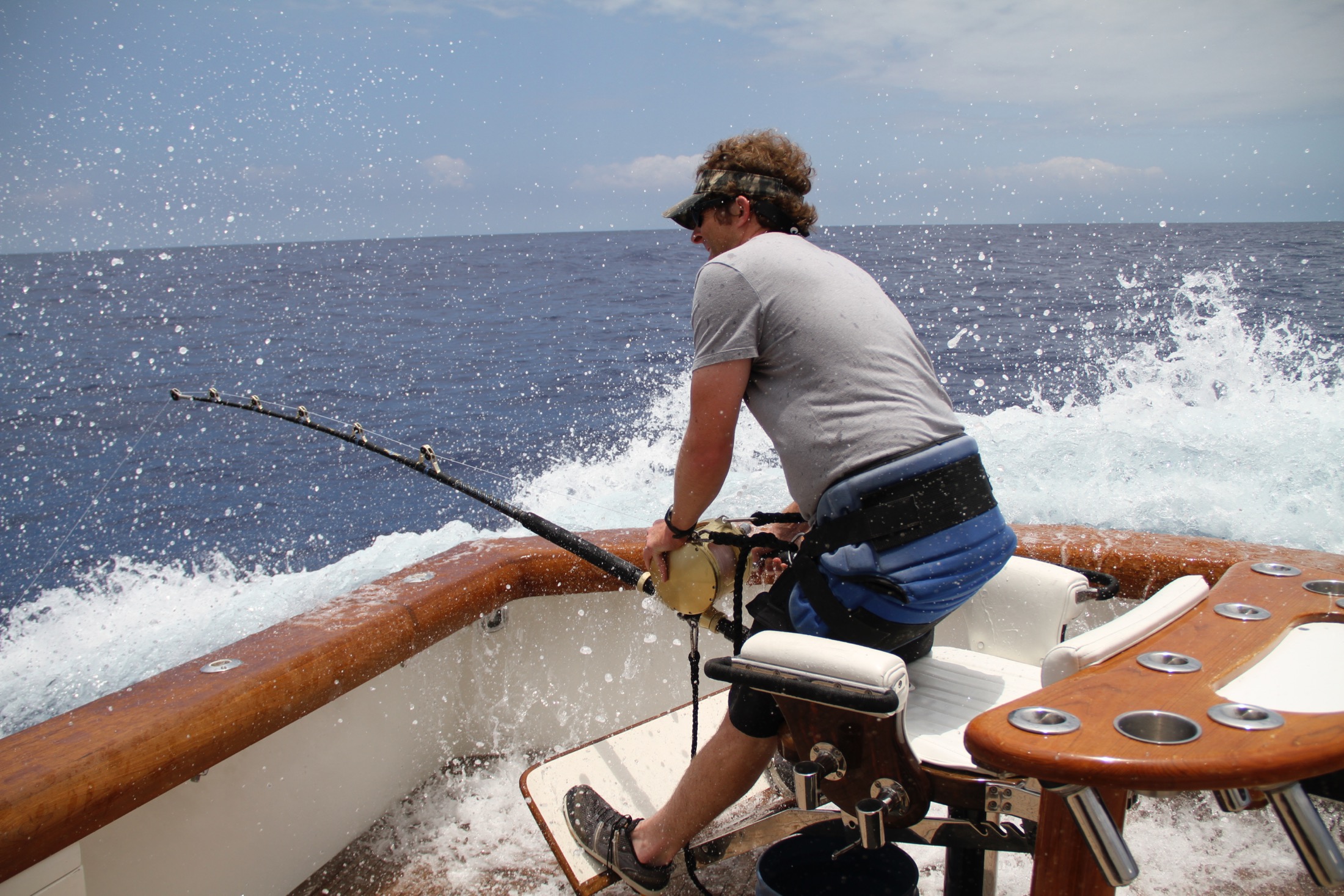 |
| |
|
| The largest specimens of white marlin have been caught in Brazil, including the current IGFA record. |
|
|
| |
THE BEST HOT SPOTS FOR WHITE MARLIN FISHING
- Brazil, in Victoria, Guarapari, Cabo Frio, Comandatuba Island, Canaveiras. The largest fish have been caught in Brazil, including the current world record. The best fishing season is from November to March, especially in November, December and January.
- Venezuela, la Guaira Bank. The best season is all year round but mainly from November to March.
- Mexican Caribbean and more specifically the Caribbean coast of the Yucatan which includes Cancun, Isla Mujeres, the island of Cozumel, Puerto Aventuras. The most popular area, the Canal de Cozumel. The months with the highest number of white marlin are from March to July.
- Dominican Republic and especially the Mona channel, between Puerto Rico and the east coast (Playa Bávaro, Punta Cana) of the Dominican Republic. Specially from April to July.
- Morocco Atlantic coast and western Mediterranean. Area of Mohammedia and Casablanca. Season from August to November. In the month of August there can be six daily bites.
- Bahamas, especially Wakers Kay Islands, Bikini and Berry Islands. Season from March to June.
- Bermuda. The months with the highest catch possibilities are from June to September.
- Grenada. The months of January and February are particularly noteworthy.
- North Carolina and Maryland. Recommended from August to October.
- The Canary Islands, mainly Gomera, Tenerife and Gran Canaria. The months with the most catches, July and August.
|
| |
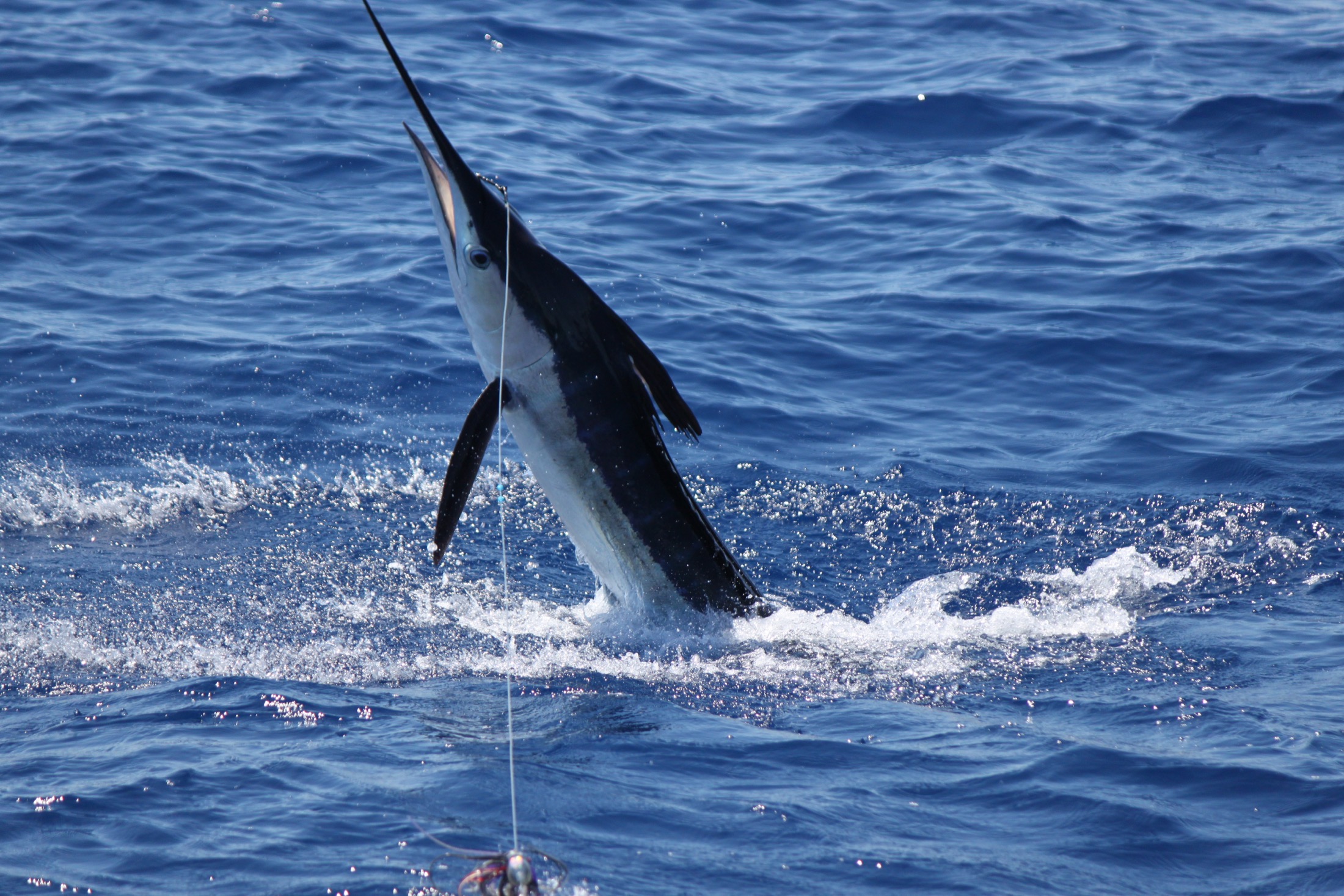 |
| |
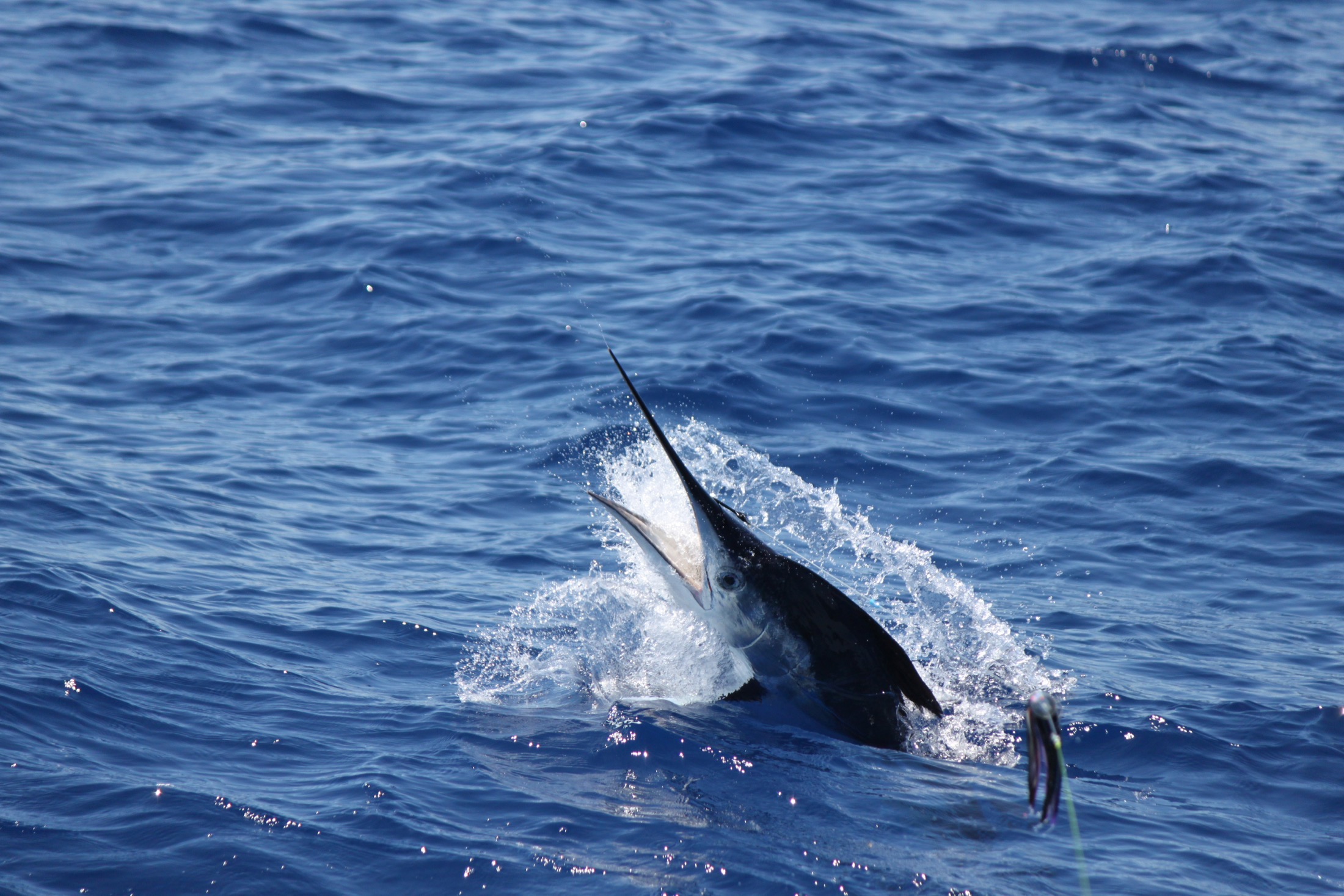 |
| |
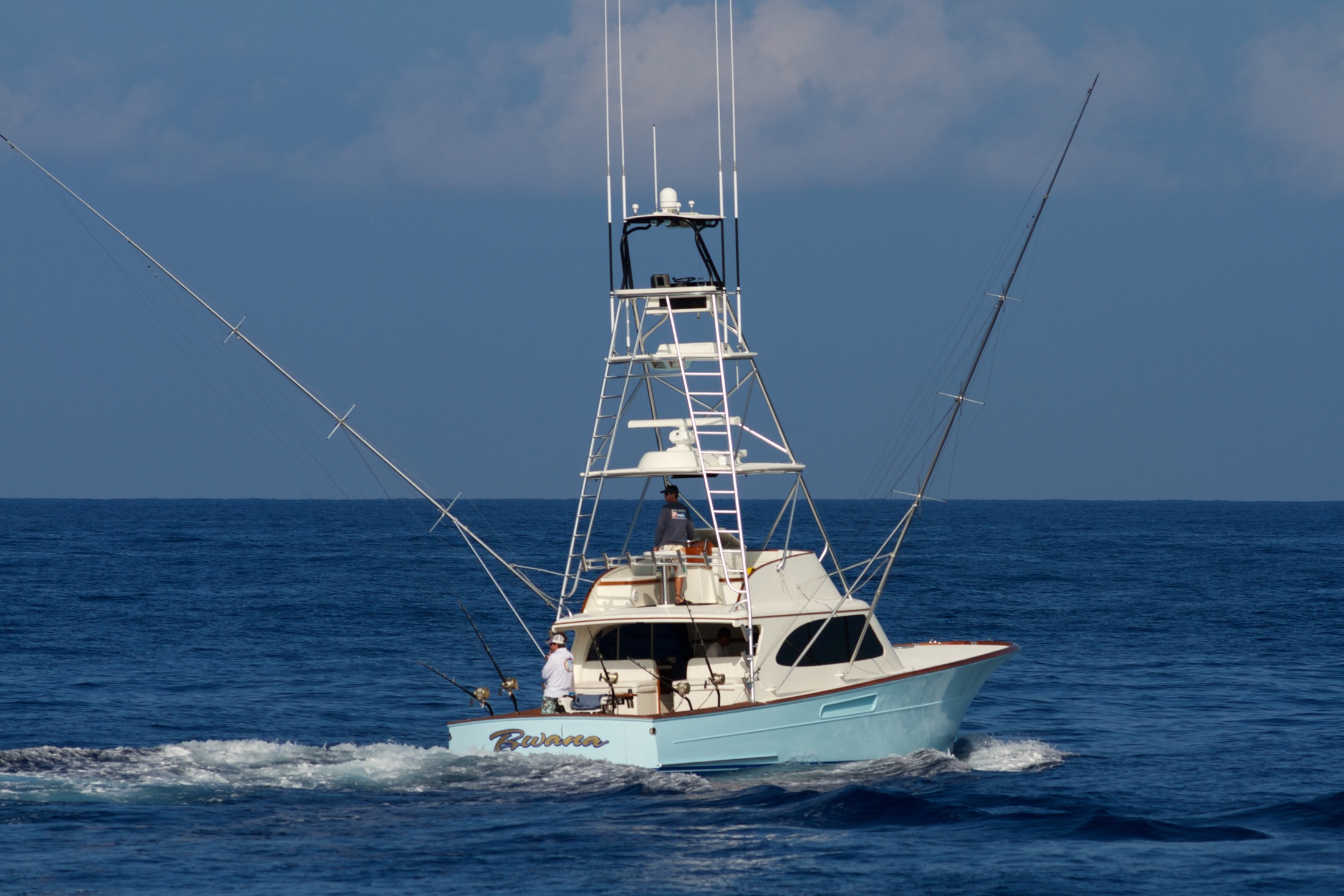 |
| |
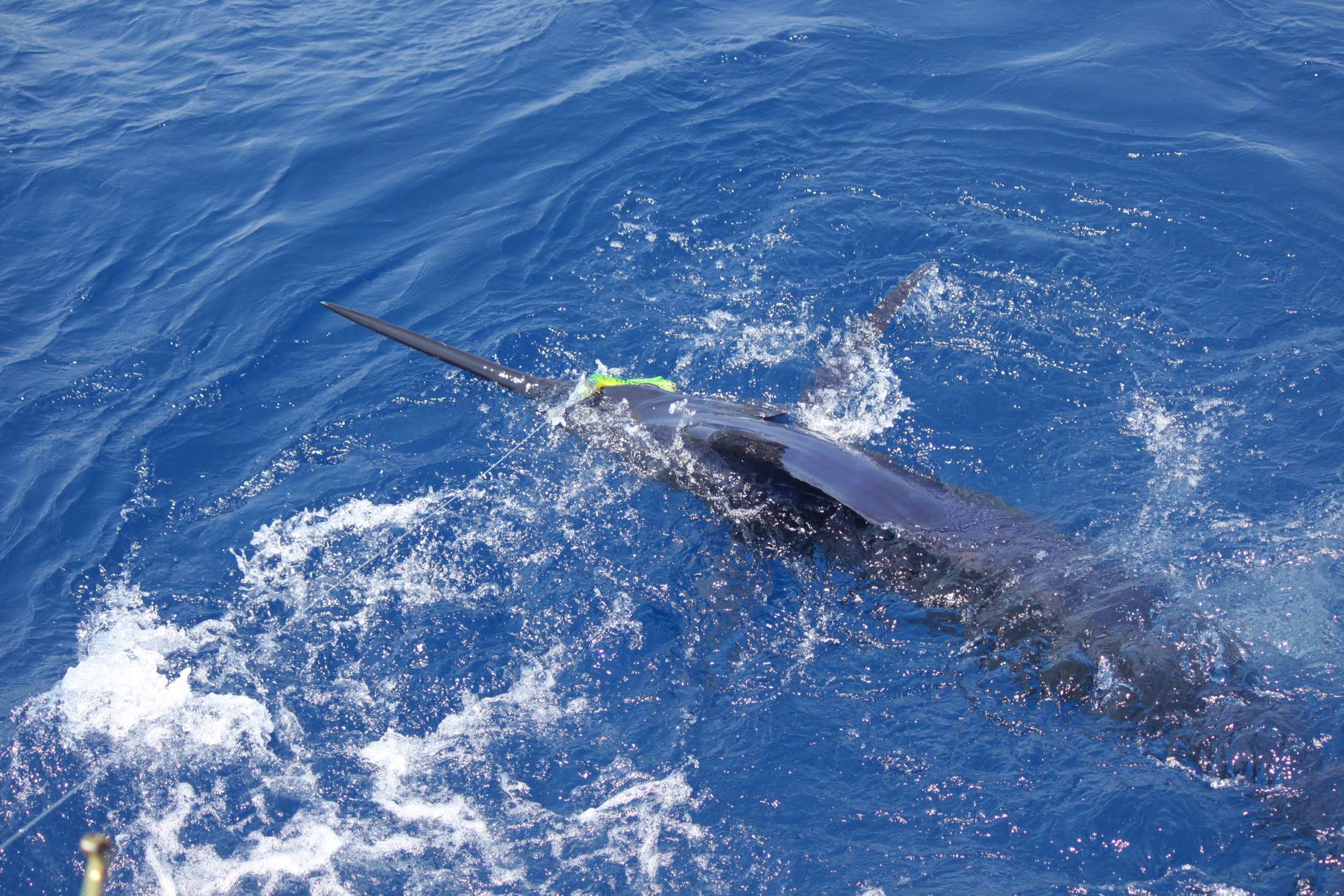 |
| |
 |
| |
 |
| |
 |
| |
 |
| |










